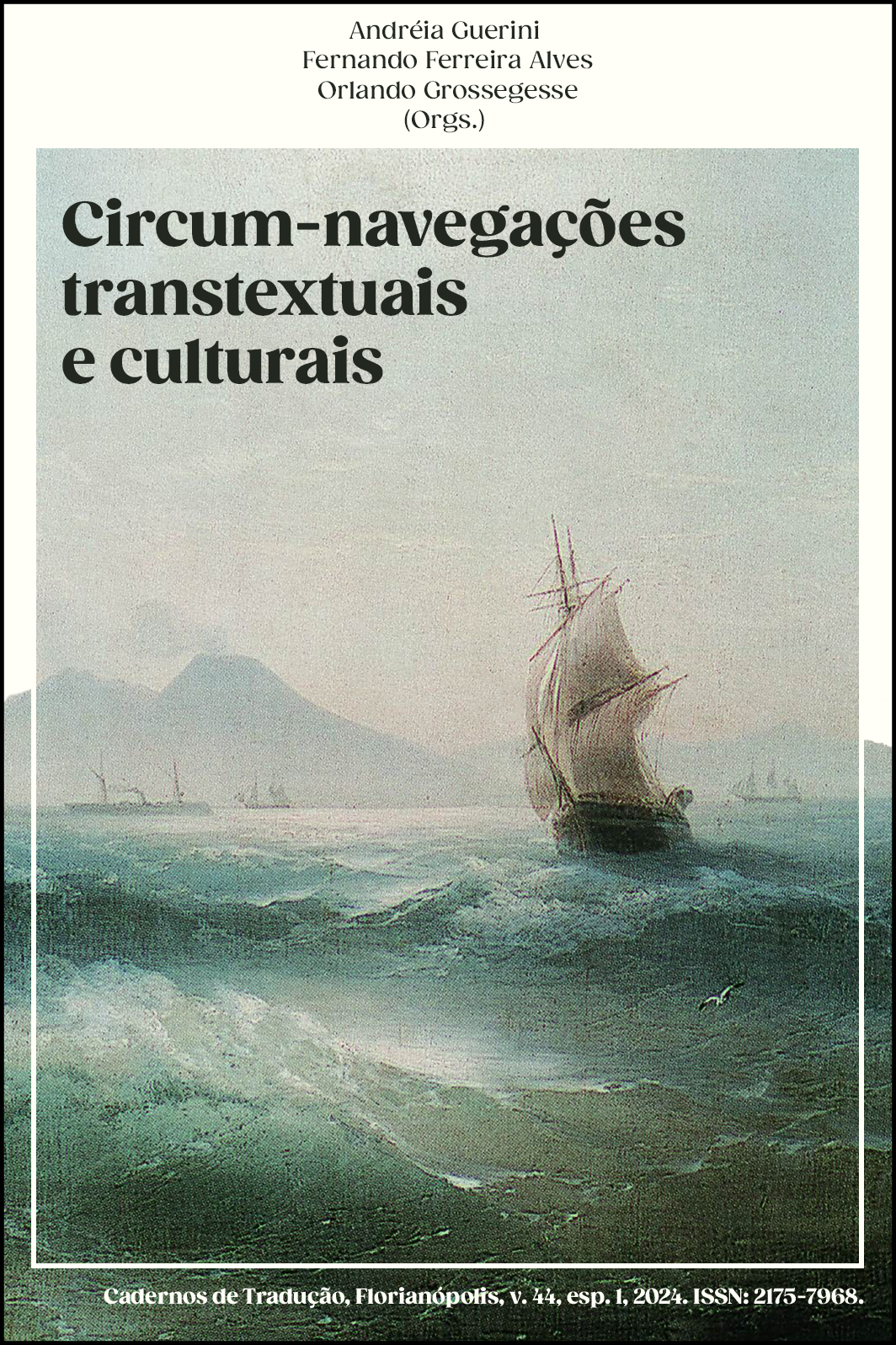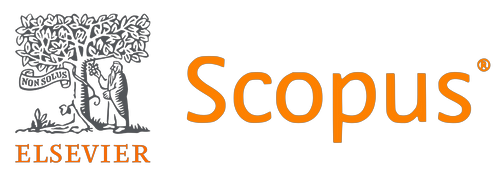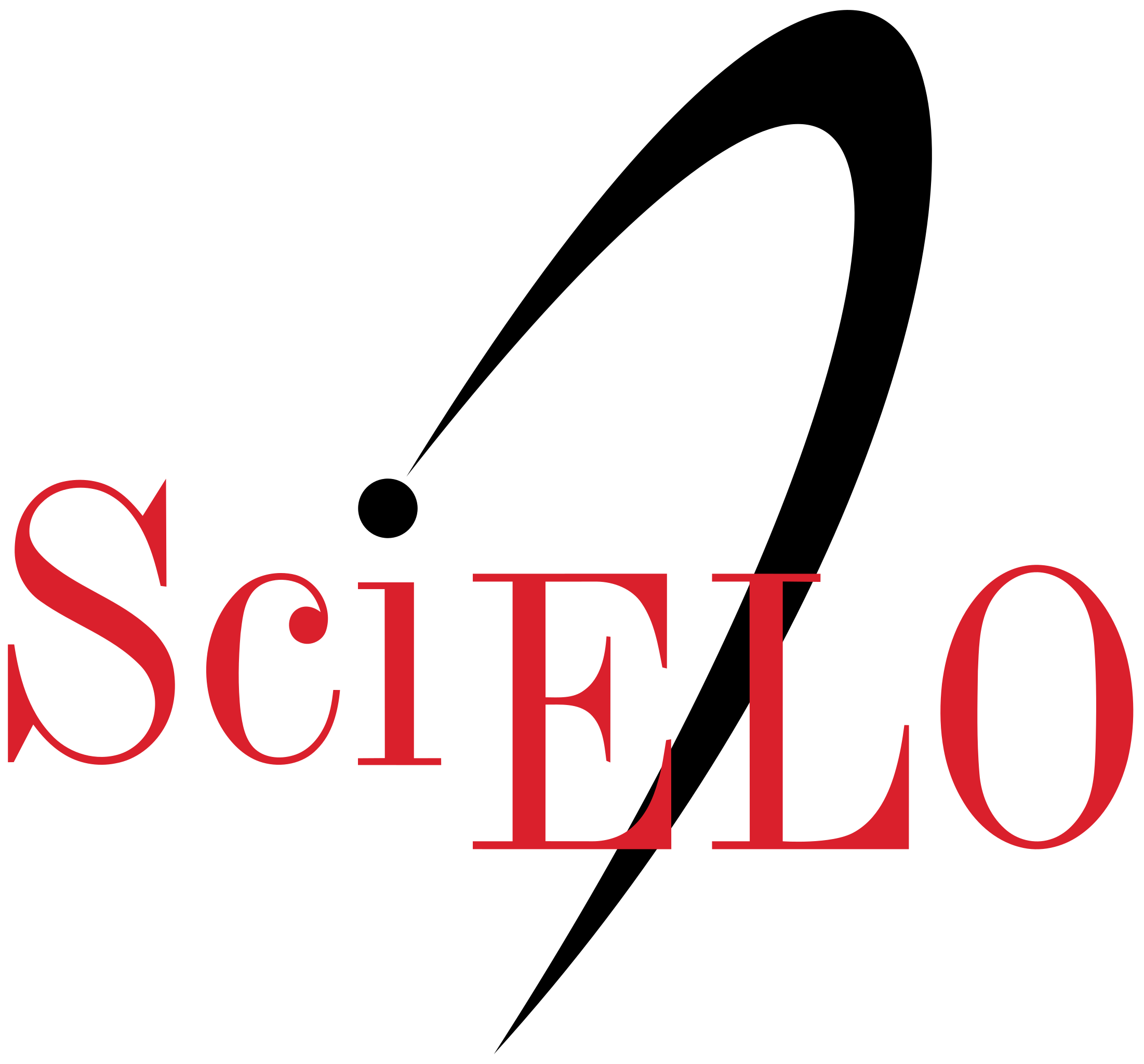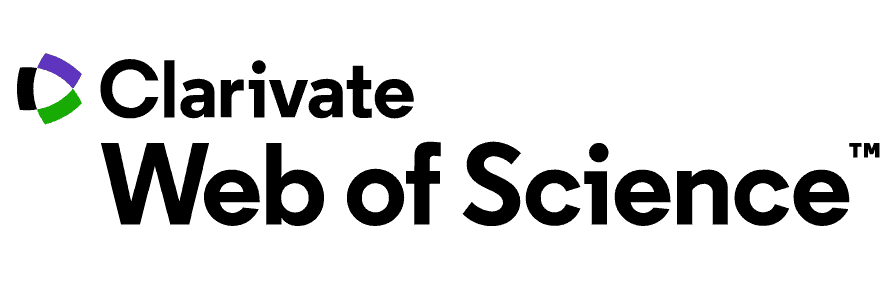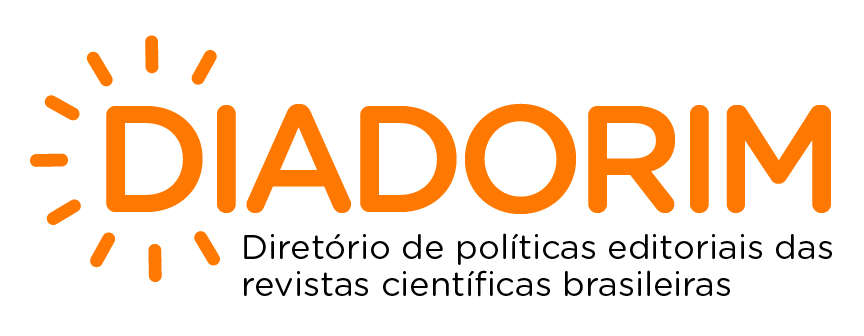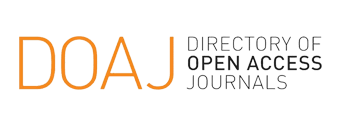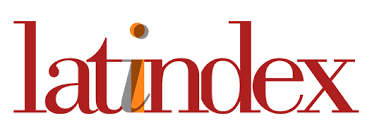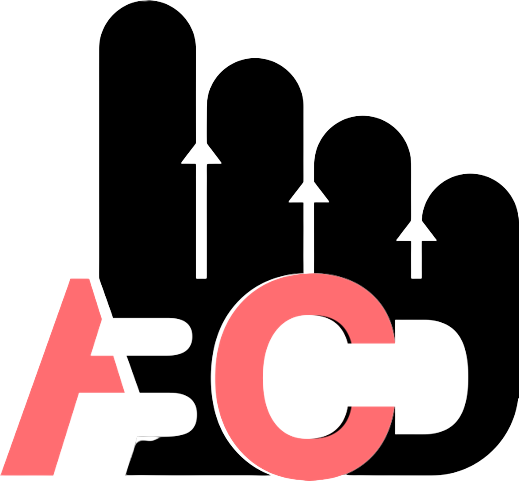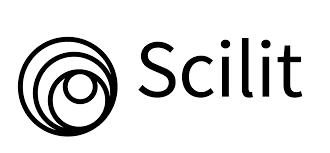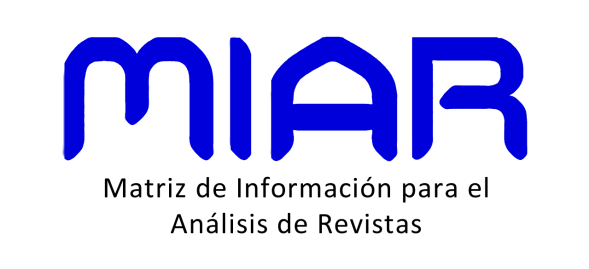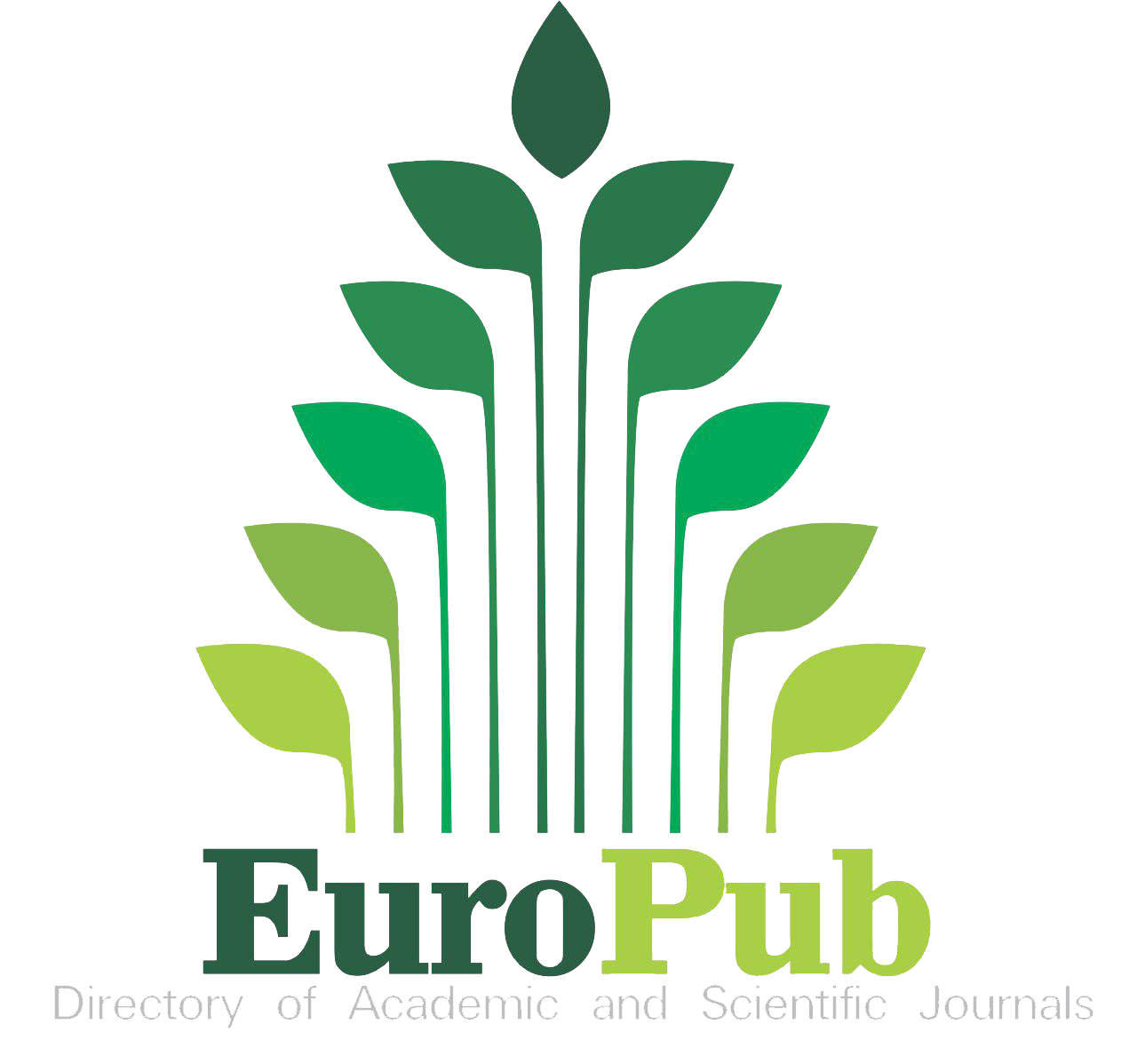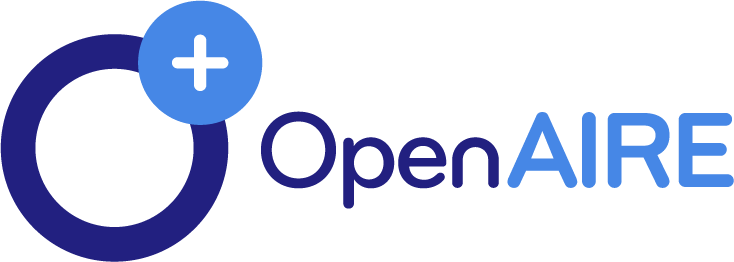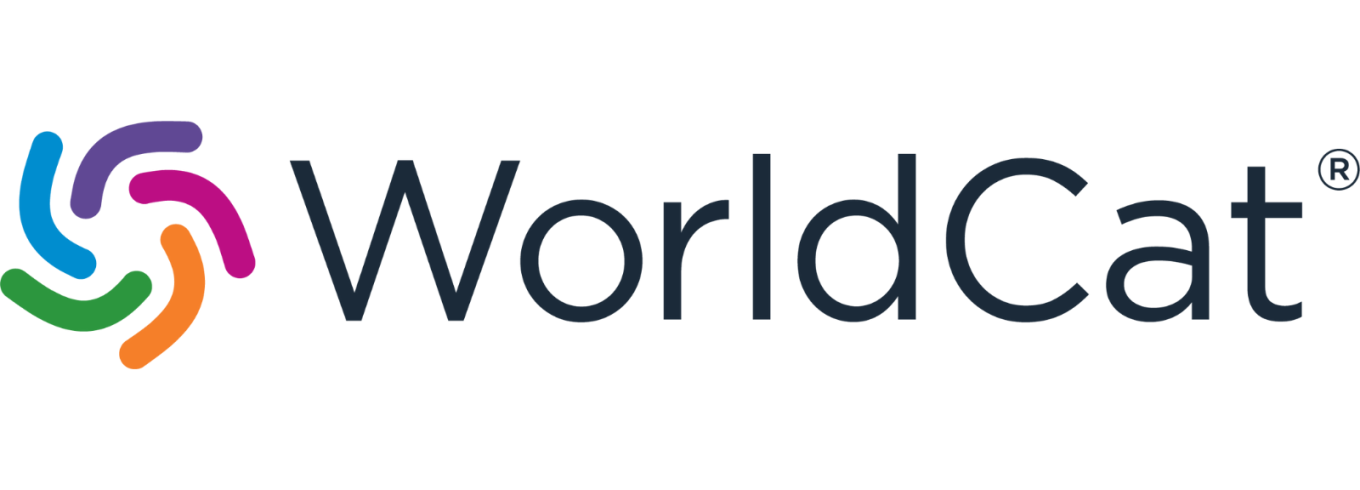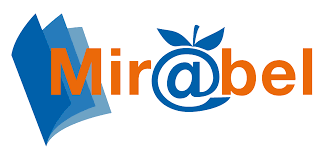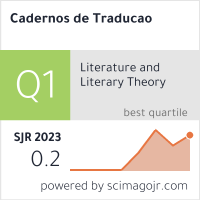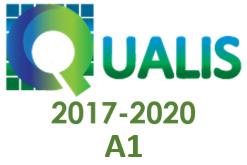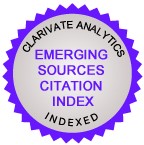Translation tools in the Galician digital context: A case study
DOI:
https://doi.org/10.5007/2175-7968.2024.e95190Keywords:
translation tools, translation resources, Galician, sociology of translationAbstract
Globalization has pushed subaltern cultural systems to the margins of the international flow of economic and cultural capital. Such is the case of the Galician system, which is dependent on the Spanish one, situated at the top of the hierarchy in the Spanish state and receiving most of the public investments. Despite the scarcity of budgets allocated to projects in Galician, some studies (Montero Küpper, 2017, 2020) have shown that translation plays a crucial role in the sociocultural establishment of Galicia and in the normalization of the language. Similarly, the increasing development of technology has prompted the adoption of digital resources and tools to assist/optimize the translation process. The creation of tools and resources for languages such as English further highlights the contrasting technological shortcomings for minority languages like Galician. Nevertheless, González (2005) points to the emergence of different translation tools and resources that work with Galician, although they are not considered as sufficient. Our research is framed in this theoretical context, aiming to analyze the attitudes/perceptions of Galician translation professionals towards digital tools and resources and investigate how technology affects their work in Galicia. As for the methodology, we conducted a questionnaire following an approach stemming from the Sociology of Translation, since we considered this to be decisive so as to define, in sociodemographic terms, our sample of professionals. The questions asked allowed us to analyze professionals’ attitudes towards translation tools and resources, the outcomes of which will be discussed in detail in this article.
References
Alcina, A. (2008). Translation technologies. Scope, tools and resources. Target, 20(1), 79–102. https://doi.org/10.1075/target.20.1.05alc
Bourdieu, P. (1979). La Distinction: critique sociale du jugement. Les Editions de Minuit.
Bourdieu, P. (1986). The forms of capital. In J. G. Richardson (Ed.), Handbook of Theory and Research for the Sociology of Education (pp. 241–258). Greenwood Press.
Bourdieu, P. (1994). Raisons pratiques: sur la théorie de l’action. Editions Seuil.
Cronin, M. (1995). Altered States: Translation and Minority Languages. TTR, 8(1), 85–103. https://doi.org/10.7202/037198ar
Diario Oficial de Galicia. (1983). Lei 3/1983 de normalización lingüística. Parlamento de Galicia. https://www.parlamentodegalicia.es/sitios/web/BibliotecaLeisdeGalicia/Lei3_1983.pdf
González, M. (2005). A investigación ao servizo da normalización da lingua galega na sociedade da información. In Universidade da Coruña (Ed.), Lingua e investigación: II Xornadas sobre Lingua e Usos (pp. 147–163). Servizo de Normalización Lingüística da UDC.
Herrera Valeiro, M. (2015). A normalização linguística: uma ilusão necessária. Através Editora.
LeBlanc, M. (2013). Translators on translation memory (TM). Results of an ethnographic study in three translation services and agencies. The International Journal of Translation and Interpreting Research, 5(2), 1–13. https://doi.org/10.12807/ti.105202.2013.a01
Mahdy Mohammed, S., Samad, S. S., & Mahdi, H. S. (2020). The attitudes of professional translators and translation students towards computer-assisted translation tools in Yemen. Dil ve Dilbilimi Çalışmaları Dergisi, 16(2), 1084–1095. https://doi.org/10.17263/jlls.759371
Mahfouz, I. (2018). Attitudes to CAT Tools: Application on Egyptian Translation Students and Professionals. Arab World English Journal, 4(4), 69–83. https://doi.org/10.24093/awej/call4.6
Millán-Varela, C. (2000). Translation, Normalisation and Identity in Galicia(n). Target, 12(2), 267–282. https://doi.org/10.1075/target.12.2.05mil
Montero Küpper, S. (2017). Sobre as subvencións públicas á tradución editorial galega. Madrygal: Revista de Estudios Gallegos, 20, 103–112. https://doi.org/10.5209/MADR.57632
Montero Küpper, S. (2020). Sen tradución non hai Acción exterior galega. IDAGI. www.igadi.gal/web/analiseopinion/sen-traducion-non-hai-accion-exterior-galega
Nogueira, D., & Nogueira, V. M. C. (2004). Por que usar programas de apoio à tradução? Cadernos de Tradução, 2(14), 17–35.
Pichel, J. R. P., Malvar, P., Senra, O. G., Gamallo, P., & García, A. (2009). Carvalho: EnglishGalician SMT system from EuroParl English-Portuguese parallel corpus. Procesamiento del Lenguaje Natural, 43, 379–381.
Ramírez Sánchez, G., Sánchez-Martínez, F., Ortiz Rojas, S., Pérez-Ortiz, J. A., & Forcada, M. L. (2006). Opentrad Apertium open-source machine translation system: an opportunity for business and research. Proceedings of the 28th International Conference on Translating and the Computer: 16-17 November 2006. ACL Anthology. https://aclanthology.org/2006.tc-1
Sikora, I., & Walczynski, M. (2015). Incorporating CAT Tools and ICT in the translation and interpreting training at the undergraduate level. In P. Grabowski & T. Piotrowski (Eds.), The Translator and the Computer (pp. 119–135). Wyższa Szkoła Filologiczna we Wrocławiu.
Stupiello, E. N. de A. (2019). Uma abordagem reflexiva de ensino de prática de tradução (semi)automatizada para formação de tradutores. Cadernos de Tradução, 39(2), 184–203. https://doi.org/10.5007/2175-7968.2019v39n2p184
Torrejón, E. (2013). La integración de tecnologías de la traducción: ¿bendición o maldición? Revista Tradumàtica: Traducció i Tecnologies de la Informació i de la Comunicació, 13, 561–570.
Winck, O. L. (2014). Literatura galega e sistema literário. Literatura e Propaganda Ideológica, 18(1), 107–118.
Xunta de Galicia. (2004). Plan Xeral de Normalización da Lingua Galega. Xunta de Galicia. https://www.lingua.gal/c/document_library/get_file?file_path=/portal-lingua/estandar/PNL22_24_textointegro.pdf
Downloads
Published
How to Cite
Issue
Section
License
Copyright (c) 2024 Cadernos de Tradução

This work is licensed under a Creative Commons Attribution 4.0 International License.
Copyright Notice
Authors hold the copyright and grant the journal the right for their articles' first publication, being their works simultaneously licensed under the Creative Commons Attribution License (CC BY), which allows the sharing of such works with its authorship acknowledged and its initial publication in this journal.
Authors are allowed to enter into separate additional contractual arrangements for the non-exclusive distribution of the journal's published version of the work (e.g., post it to an institutional repository or as a book chapter, with an acknowledgment of its initial publication in this journal).

